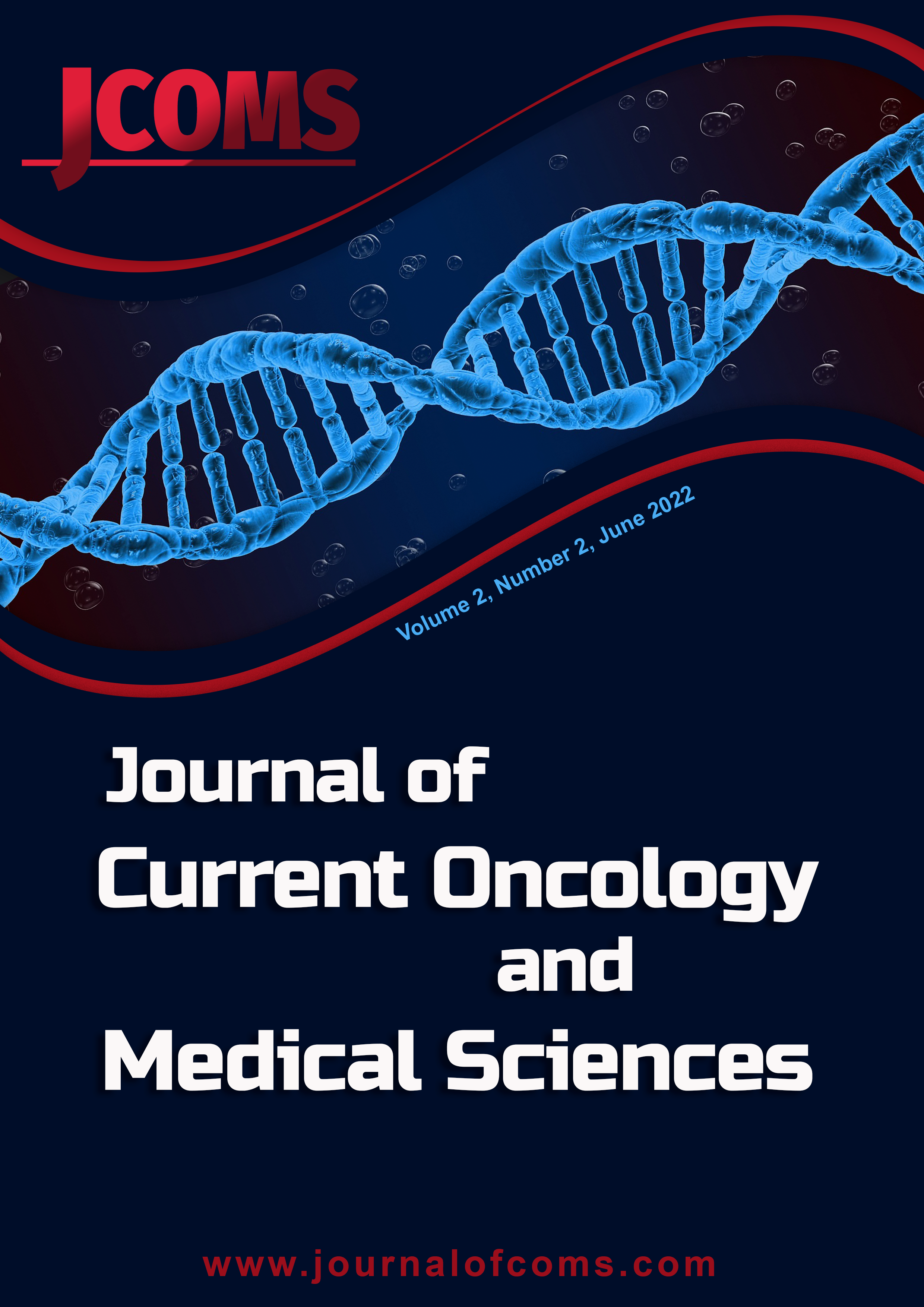Frequency of adult attention-deficit hyperactivity disorder among patients with substance use disorder in addiction treatment centers of Babol University of Medical Sciences
ADHD and substance use
Keywords:
Attention-Deficit Hyperactivity Disorder (ADHD), Substance use disorder (SUD), Neurodevelopmental Disorders, MethadoneAbstract
Introduction: Substance use disorder (SUD) is one of the serious problems among patients who suffer from Attention-Deficit Hyperactivity Disorder (ADHD) that affects the lifestyle of individuals. Accordingly, the extant study was conducted to examine the frequency of ADHD among patients with SUD.
Materials and Methods: This was a descriptive-analytical study conducted on all patients with SUD referred to addiction treatment centers of Babol University of Medical Sciences from 2018-to 2019. The required data were collected through Adult ADHD Self-Report Scale (ASRS-1,1) and structured clinical interviews.
Results: In the present research, about 26% of studied statistical populations were women, and 74% were men. After implementing the self-report test and interview, about 28.6% were diagnosed with ADHD. There was a borderline difference between education levels of people with ADHD, so that subjects with diploma degrees had the highest frequency, while subjects with academic degrees had the lowest frequency among ADHD patients compared to healthy people and low level of ADHD (P<0.05). There was a borderline difference between ADHD patients and healthy people and low level of ADHD in terms of job (P<0.05). The unemployed patients and employees had the highest and lowest frequencies, respectively. There was not any significant difference between ADHD patients and healthy people and low-level of ADHD in terms of substance type and amount of substance.
Conclusion: The findings of the present study showed that about one-third of patients with SUD suffer from ADHD which should be considered by physicians.
Additional Files
Published
How to Cite
License
Copyright (c) 2022 Sakineh Javadian Koutanaei, Seyedeh Maryam Zavarmousavi, Fahime salimi, Hemmat Gholinia, Armon Massoodi

This work is licensed under a Creative Commons Attribution-NonCommercial 4.0 International License.

